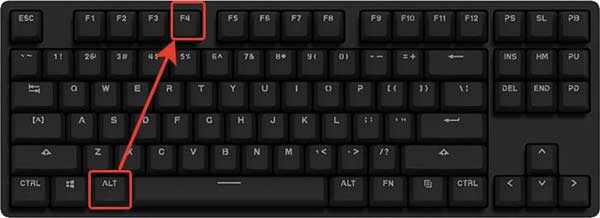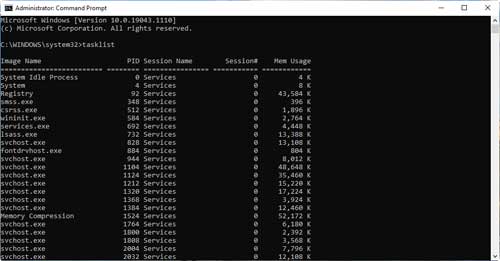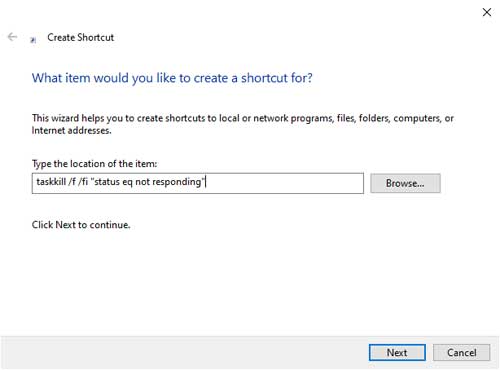Application not responding or hanging is a common issue of a Windows PC. Often Windows will fix it by itself. If it does not, you will need to close the hung app forcefully. Here are four methods to force close apps on Windows 10/11 PC. Causes for apps hanging are many. When many apps are running altogether, an app may stop responding. If Windows starts updating the system in the background, some apps may hang, especially on a PC with low hardware specs.
Applications hanging or not responding can be an annoying problem on a computer, and sometimes it happens very often on Windows 10 PC. As said, there are multiple causes for apps’ unresponsiveness. But you can fix it by force closing the problematic app.
Methods to Force Close Apps on Windows 10 PC
Method 1: Using Alt + F4 Keyboard Shortcut
You can quickly close an app on Windows 10 PC with the Alt + F4 keyboard shortcut. If you can select the problematic app, use this shortcut to force close it.
Alt + F4 is a Windows and apps shut down shortcut. If you do not select an app, the Shutdown window will appear when you press the shortcut.
Method 2: With Windows Task Manager
Task Manager lets you kill apps on Windows. If the Alt + F4 keyboard shortcut does not help close the app, you can use the Task Manager to force quit an app in Windows 10.
- Press Ctrl + Shift + Esc or Ctrl + Alt + Delete keys on the keyboard, which will open the Task Manager.
- In Task Manager, click on the Options tab, and enable the Always on top option.
- Next, under the Processes tab, right-click on the running process of the not responding app, select End task from the context menu. It will force close the app.
Method 3: Via Command Prompt
- You can use the command prompt to close an unresponsive app. Here is how it is.
- Open the Command Prompt as administrator on your Windows 10 PC, type
tasklist, and press the Enter key.It will list all the running processes and tasks on your computer. Now, typetaskkill/im taskname.exeand press the Enter key (Replacetaskname.exewith the original process name, which you can find under the Image Name). - The last command will close the non-responding app.
Method 4: Via Task kill Shortcut
You can also kill/stop non-responsive apps by creating a task kill shortcut. Follow the steps below to make the task kill shortcut on Windows 10 PC.
- Right-click on the desktop, go to New, and click on the Shortcut option.
- In ‘Type the location of the item’ box, enter t
askkill.exe /f /fi “status eq not responding"command. Then, click Next, name the shortcut, and click on Finish.
If an app stops responding, run this shortcut to force quit the app. You can also assign a hotkey for your shortcut so that you can press the hotkey to close the app.
To assign a hotkey, right-click on the task kill shortcut you created and select properties.
Under the Shortcut tab, enter your hotkey in the textbox next to the Shortcut key. Click on Apply and OK.
When an app hangs or stops responding, you can use any of the above methods to force close it.
More Resources:
- Get Windows 10 Start Menu in Windows 11
- Get Windows 11 Style Centrally Aligned Taskbar Icons on Windows 10
- How to Quickly Change DNS Servers (IPv4, IPv6) on Windows 10
- How to Enable Text Prediction on Windows 10 Desktop PC
- What is Tamper Protection and How to Enable it in Windows 10 PC








Useful guide. Microsoft has another to terminate apps in Windows 10. If an app hang, open the Settings app, click on Apps and under Apps and Features, select the app that you want to terminate, click on Advanced option and click on Terminate. But this option is only available with system apps.